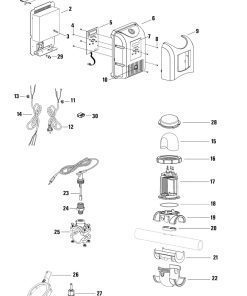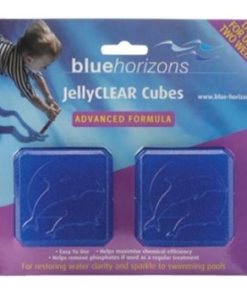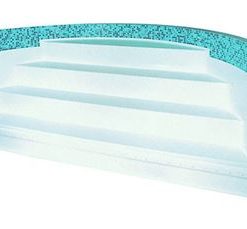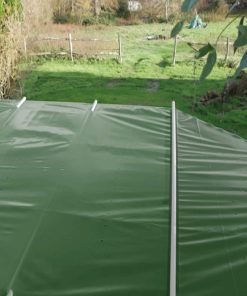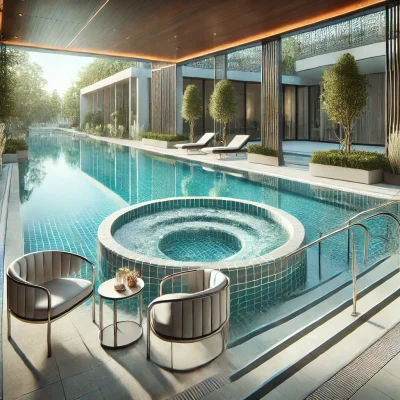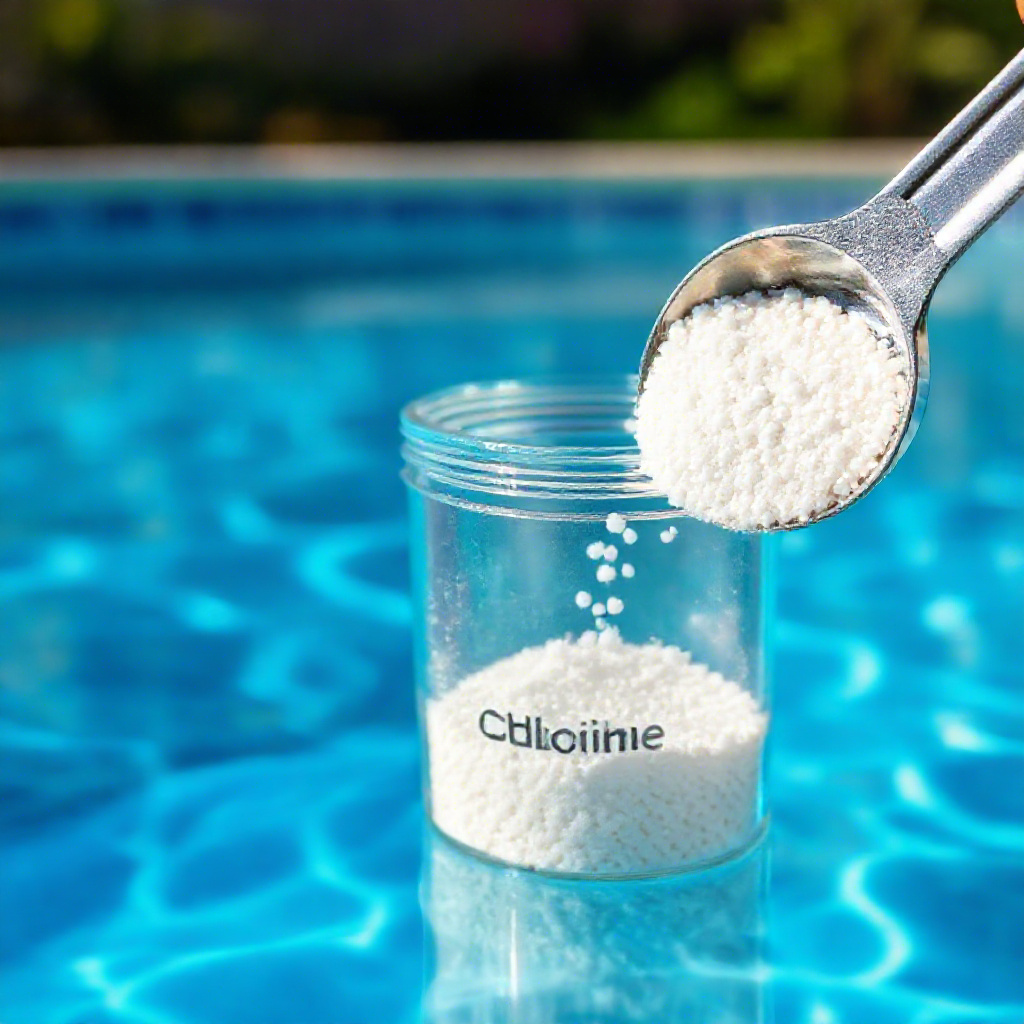Blogpool, Maintenance, Swimming Pool, Trouble Shooting
Troubleshooting Common Pool Problems
Pool owners experience normal operating problems even when they perform regular maintenance tasks. The ability to diagnose routine pool problems will lower both your financial expenses and your time usage. This article discusses multiple common pool problems with their respective fixing methods.
1. Cloudy Water
The formation of cloudy water occurs from various reasons including:
Poor filtration
Chemical imbalances
Algae growth
Solutions:
Check the Filter: The pool requires a clean filter which needs to function correctly. You should backwash or clean the filter to enhance water circulation if needed.
Test Water Chemistry: Test your water using a kit to determine chlorine levels and pH values as well as alkalinity readings. Perform adjustments whenever necessary.
The addition of clarifiers serves as a solution to continue using a clarifier when the water stays hazy because it helps particles combine for better filtration.
2. Algae Growth
A pool will quickly become overrun by algae when proper treatment does not occur:
Types of Algae:
Green algae (most common)
Yellow or mustard algae
Black algae
Solutions:
Shock the Pool: Apply chlorine shock treatment to kill algae spores. Follow the manufacturer’s instructions for dosage.
Brush and Vacuum: Use a pool brush to scrub the walls and floor to remove algae before vacuuming the pool.
Use Algaecide: The treatment process should be followed by an algaecide application to stop future algae development.
3. Low Water Levels
Equipment damage alongside reduced circulation becomes possible when the water level remains too low.
Causes:
Evaporation
Leaks
Heavy rain or storms
Solutions:
Monitor Levels: Regular checks of water levels must be performed to determine when refilling is necessary.
Level inspection is necessary when water drops excessively because it might reveal pool or plumbing system leaks. A dye test provides the necessary method to detect leaks.
Heavy rain conditions require using a pool cover to stop both debris accumulation and unwanted water intake.
4. Strong Chlorine Smell
A strong chlorine smell indicates either elevated chlorine levels or the formation of chloramines which combine with chlorine.
Causes:
Poor water balance
Inadequate sanitation
Solutions:
Shock the Pool: Pool shock treatment destroys chloramines and enables proper chlorine concentration recovery.
Regular chlorine level testing should help you achieve the appropriate concentration between 1-3 ppm.
5. Clogged Skimmer or Filter
A clogged skimmer or filter results in reduced circulation and reduced cleaning effectiveness.
Causes:
Debris accumulation
Dirty filters
Solutions:
Regularly inspect and remove any debris found in the skimmer basket.
Check your filter type to determine if backwashing or rinsing or replacement is required.
Summary
The ability to identify regular pool problems helps you reduce stress while saving money and time. A well-maintained pool along with proper water chemistry monitoring prevents these problems from occurring initially. The chemicals and tools we discussed can be found on our website and our friendly support team offers advice whenever you need help. If your problems continue, reach out to a professional pool technician for help.


